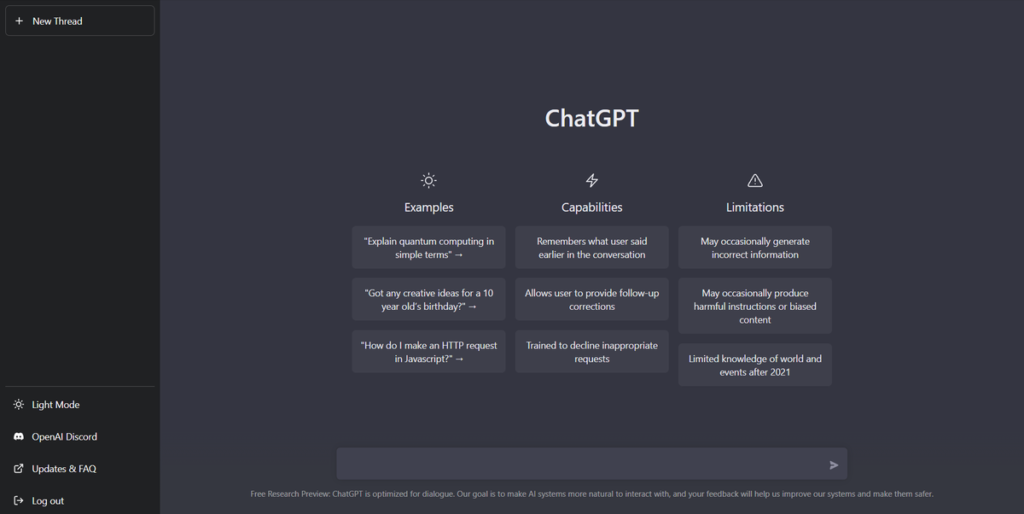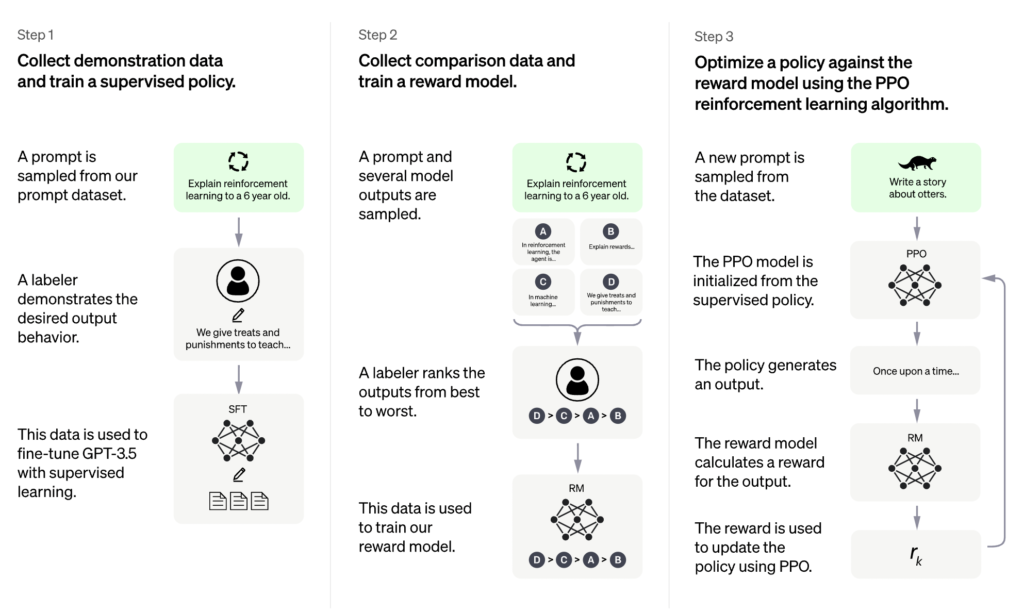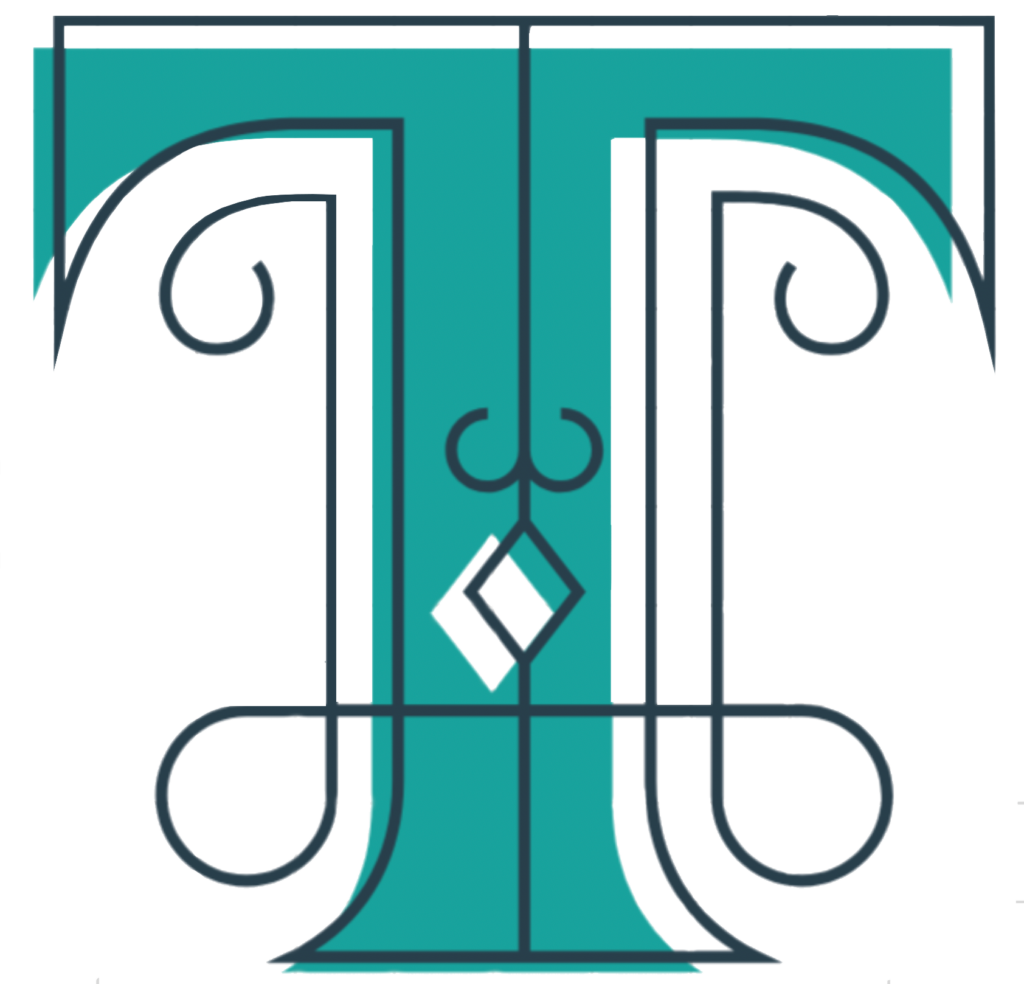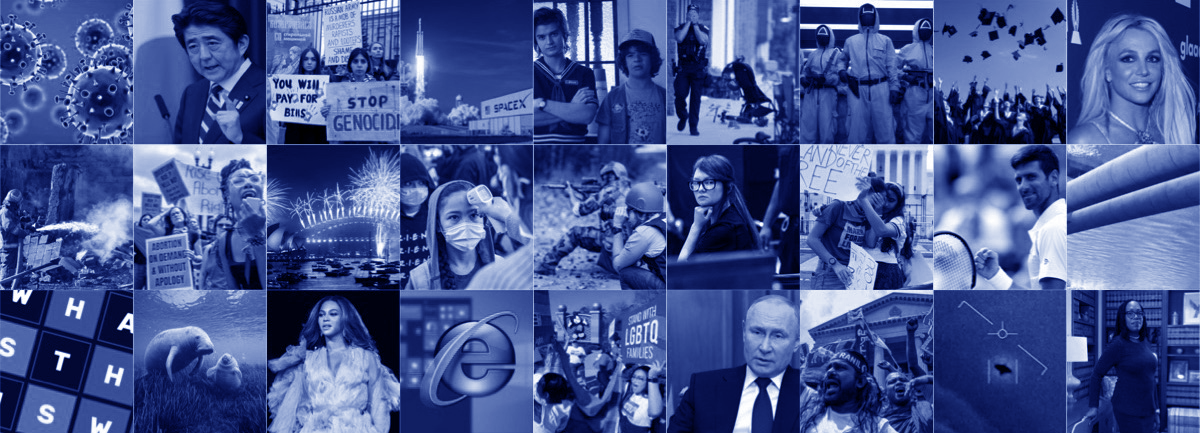
Chat GPT, a chatbox created by the artificial intelligence developer OpenAI, is taking the world by storm. Currently provided as a free service, the chatbot can be accessed at chat.openai.com. However, it is not the first chatbot to come up with intelligent responses, so why is it receiving so much of a spotlight now?
How does it work?
Chat GPT utilizes natural language processing and neural networks to create a chatbot which responds to any queries. Previous chatbots, ranging from ELIZA in 1966 to present-day Siri and Alexa, all had one limitation compared to Chat GPT. This later chatbot model takes into account your past conversation to give you an answer. By remembering your conversation, Chat GPT increases its answers’ specificity and accuracy to your query. Additionally, Chat GPT has been tested to show that it can respond to questions regarding ethics with a surprisingly human take, combining both a legal viewpoint and an emotional perspective.
Able to do anything from writing you a ballad to programming a website to providing you with jokes, Chat GPT is incredibly multifaceted, and this is all due to data. GPT stands for Generative Pre-training Transformer, a language processing model created by Open AI. Through this machine learning model, enormous amounts of data are fed to the model to learn from using supervised and reinforcement training. According to Science Focus, Chat GPT learned from “a whopping 570 GB of data obtained from books, webtexts, Wikipedia, articles and other pieces of writing on the internet… 300 billion words were fed into the system.” All of this data allows the machine to learn what the response to a user query would be using probability.
Implications on Academic and Professional Work
While Chat GPT is a very powerful tool which makes learning and projects easier, there are ethical implications regarding how and when it should be allowed. For example, New York has already banned Chat GPT from their public school networks because of the risk of plagiarism. Some telemedicine companies are utilizing Chat GPT to communicate with their patients, prompting the question whether it is appropriate to have a chatbot communicate with a patient regarding healthcare.
Undoubtedly, Chat GPT is at the forefront of AI chatbot creations, but it is still prone to errors. For current events that have occurred after 2021, it has limited knowledge. Due to the fact that much of the data it has been trained from came off of the Internet, it stands to reason that the chatbot is also susceptible to prejudices and stereotypes from the web.
“You can paste in entire academic papers and ask it to summarize it. You can ask it to find an error in your code and correct it and tell you why you got it wrong. The best way to think about this is you are chatting with an omniscient, eager-to-please intern who sometimes lies to you.”
UPenn Wharton Professor Ethan Mollick
Takeaway
In the end, Chat GPT is a force for the future with a range of possibilities in many different industries. However, as it is with all AI innovations, there must also be a look into the ethics of use. For now, this chatbot remains one of the best in its field and with OpenAI looking to build on top of Chat GPT’s foundation, it would be interesting to see what comes next.




One response to “Rise of Chat GPT”
Nice article. I am new to machine learning and would like to learn a bit more. In the next edition, can you take a deeper dive into how machine learning works and how it helps with AI? F